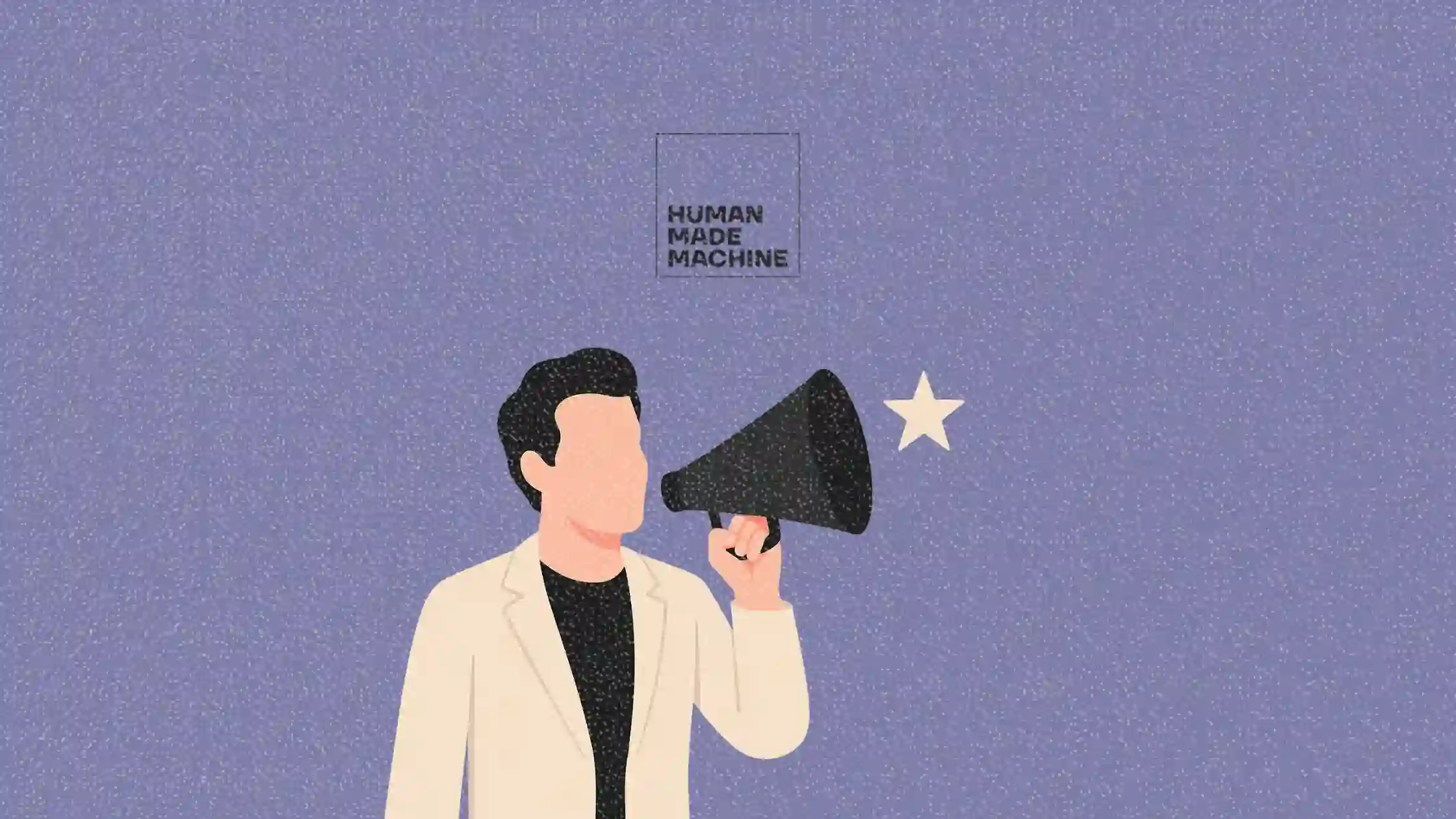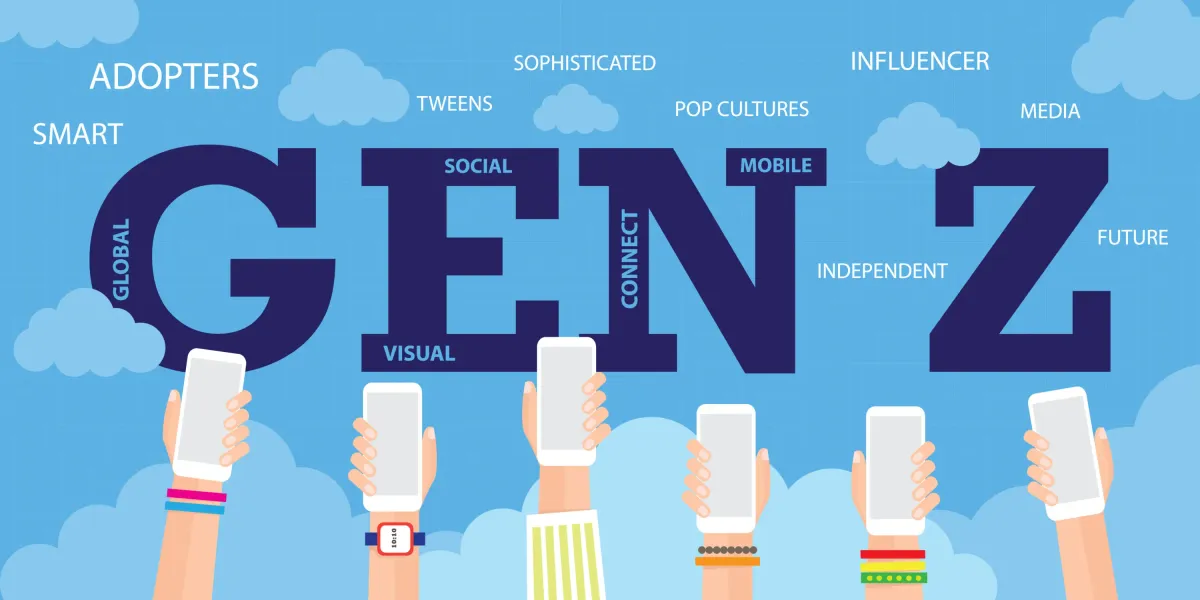Celebrity ads still work if you do these 3 things right
Human Made Machine’s latest report shows how to avoid the most common pitfalls in celebrity-led marketing

Celebrity marketing is nothing new—but it’s becoming harder to get right. With average view times on social media shrinking to just three seconds, attention is the first casualty. Yet big names still move the needle when they’re used strategically.
Human Made Machine (HMM), a creative pre-testing firm, wants to flip the script on how brands think about celebrity partnerships. Their new whitepaper, The Human Made Machine Guide: Maximizing Celebrity Ad Effectiveness, breaks down data from over 4 million ad responses to show why some celebrity ads outperform—and why others quietly flop.
This article dives into the key takeaways from the report, with actionable insights on how to choose the right ambassador, tell the right story, and avoid the traps that sink even the splashiest collabs.
Short on time?
Here’s a table of contents for quick access:
- Choose ambassadors based on favorability, not just fame
- Use local talent to build relevance
- Make authenticity your creative anchor
- Avoid these 3 common pitfalls
- What marketers should do now

Choose ambassadors based on favorability, not just fame
Celebrity reach isn’t the problem—relevance is. According to HMM, 80% of ads featuring highly favorable celebrities (top 20% in their internal benchmark) produced significant lifts in unaided brand awareness. But not every A-lister drives results.
Fame alone doesn’t cut it. Consider BTS: at the peak of their popularity, ads featuring the group scored just 51% approval among 18–34 year olds. Why? Divisive genres, unclear brand fit, or overexposure can weaken impact.
Instead, marketers should focus on “favorability”—how well the talent aligns with audience values, not just recognition. In many cases, a lower-profile but well-liked ambassador can outperform a megastar.

Use local talent to build relevance
Global names might seem like a safe bet, but HMM’s data says otherwise. Local celebrities often outperform their international counterparts by tapping into cultural nuance and shared context.
In countries like India or China, ambassadors who reflect community and belonging resonate more than those who champion individualism. This makes regional actors, athletes, and influencers prime candidates for campaigns tied to cultural pride, family, or tradition.
The lesson? Local talent isn't just cheaper—it may be more effective, especially when the brand story requires cultural context or emotional proximity.
Make authenticity your creative anchor
When an ambassador authentically embodies your brand’s values, the results compound. Think Serena Williams and Nike’s “Just Do It” mantra—clear alignment creates emotional stickiness and brand lift.
HMM emphasizes the importance of upfront branding. Logos are useful, but when a celebrity is the brand in the viewer’s mind, the association becomes more powerful than any tagline. Repeated exposure—across ads, platforms, and stories—turns talent into a living brand asset.
But it only works if the values align. The audience must believe the ambassador actually uses or believes in the product being pitched.
Avoid these 3 common pitfalls
HMM’s data points to three recurring mistakes marketers make with celebrity ads:
- Choosing based on popularity, not alignment
Don’t confuse fanbase size with brand fit. Use diagnostics to assess favorability among your target audience, not just the general public.
- Letting the ambassador eclipse your brand
Sometimes the celeb is bigger than the product. Tesla learned this the hard way with Elon Musk, whose personal brand has become a liability to a traditionally progressive audience.
- Delaying or minimizing branding in storytelling
Especially on social platforms, brand recall suffers when logos or messages come too late in the creative. Instead, HMM recommends building brand cues into memorable scenes—and doing so early in the ad.
What marketers should do now
- Test talent before you cast: Use favorability diagnostics to see how potential ambassadors resonate with your target segment.
- Think like a narrative strategist: Don't just drop a celeb into your campaign. Build a brand story where they’re part of the emotional arc.
- Own the local angle: Regional influencers aren’t just cheaper—they’re often more relatable. Prioritize local over global when your message requires cultural relevance.
- Reframe “branding” as story structure: Instead of treating your brand like an add-on, build it into the scene, tone, and setting from frame one.
Celebrity-featured ads still work—but not in the ways marketers might expect. The right partnership isn’t about spotlight—it’s about synergy.
When talent selection, story design, and audience relevance come together, celebrities become more than spokespeople. They become assets that amplify trust, recall, and emotional connection.
With the cost of talent partnerships climbing, smart marketers will make data their compass—testing for favorability, authenticity, and local resonance—before rolling out the red carpet.





